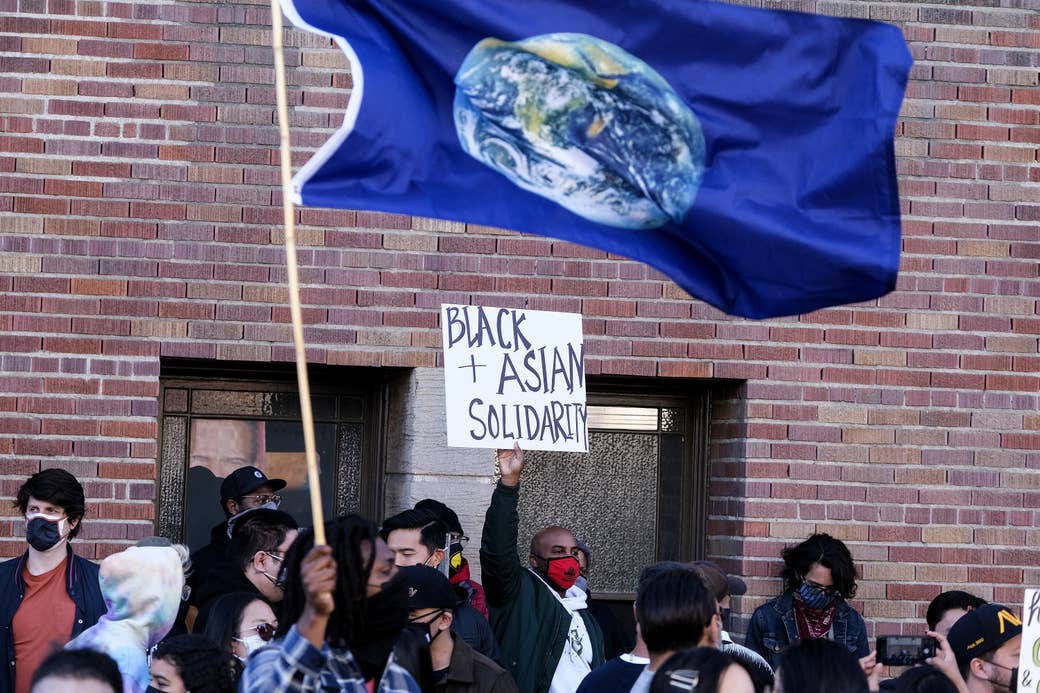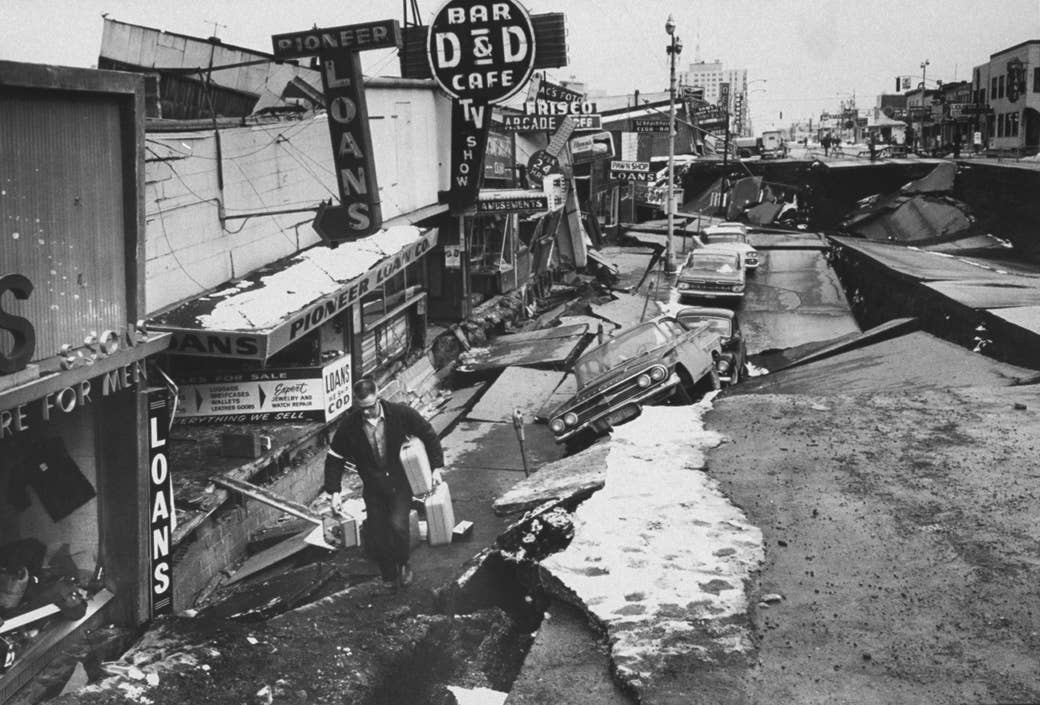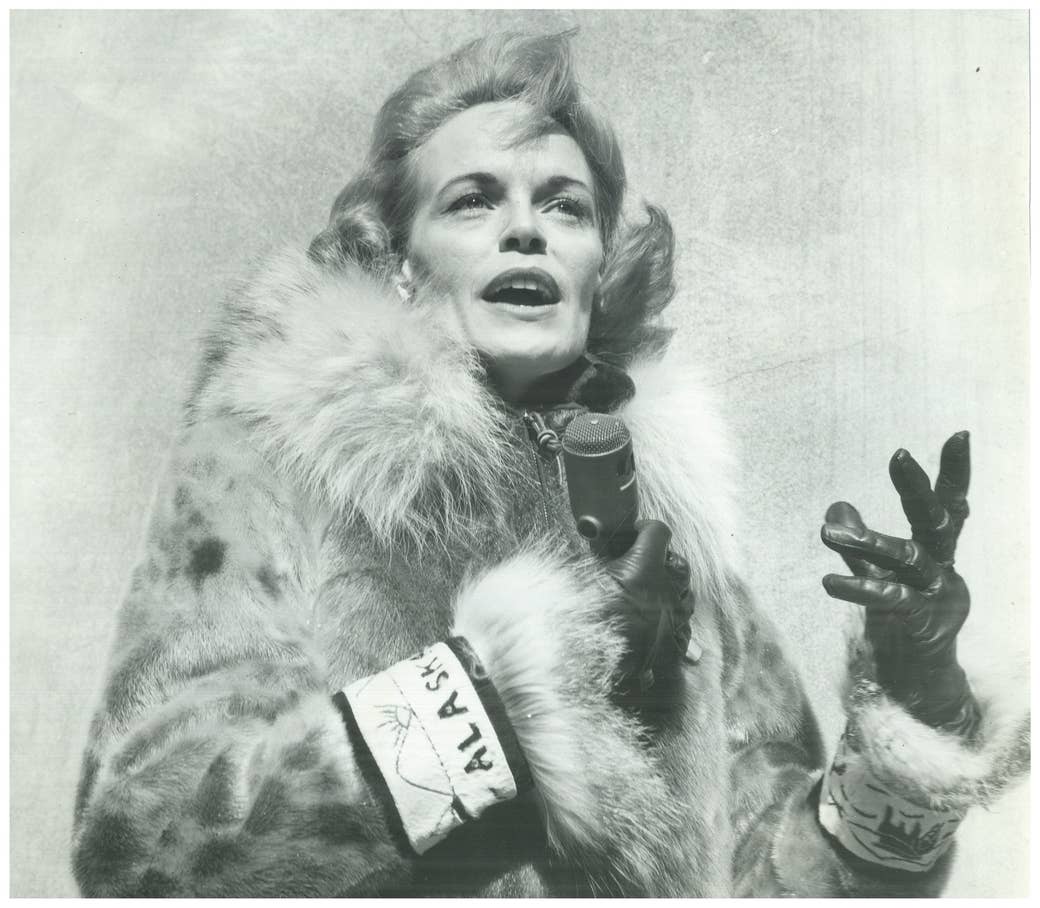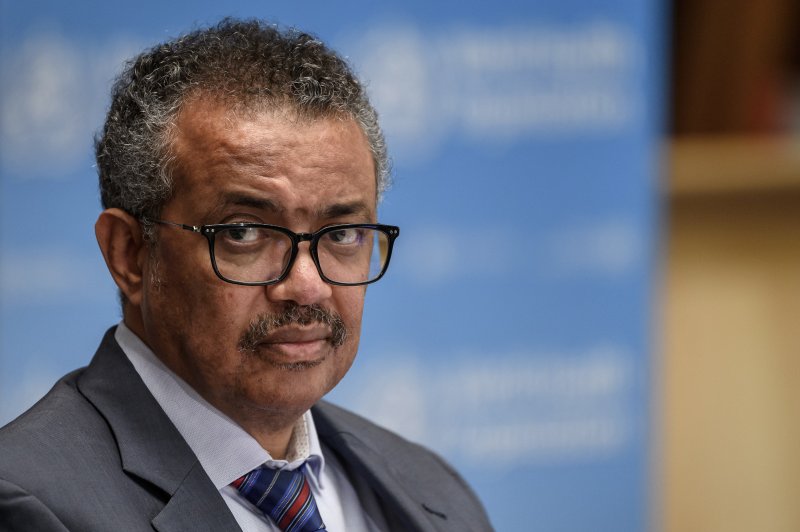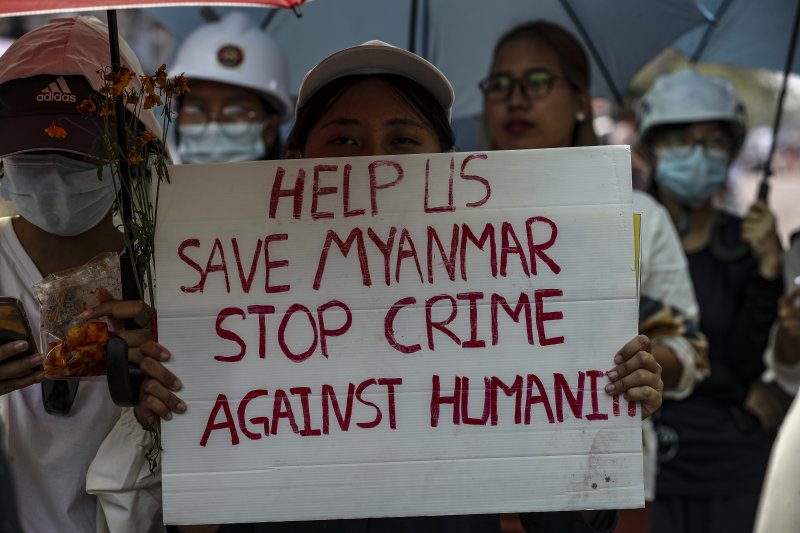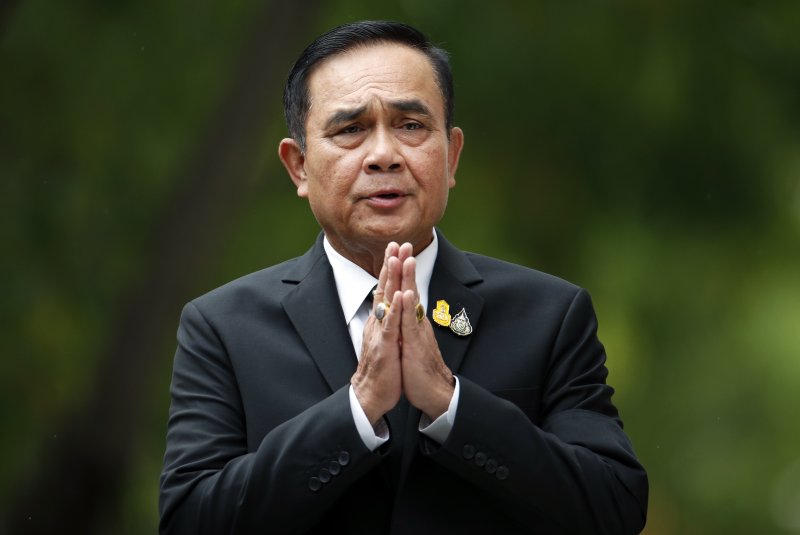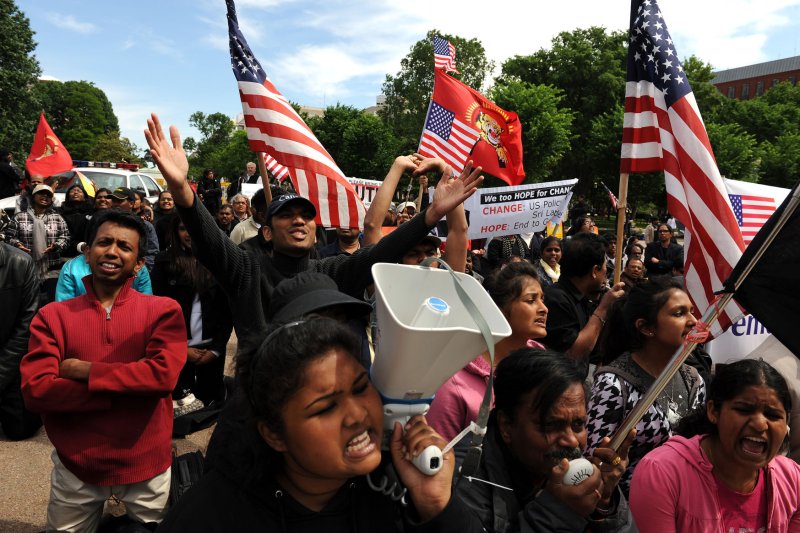Burma
Myanmar Junta Fires Striking Ministry of Foreign Affairs Staff
Anti-regime protesters urge civil servants to join the civil disobedience movement. / The Irrawaddy
By THE IRRAWADDY 23 March 2021
Myanmar’s military regime has dismissed a total of 56 staff from the Ministry of Foreign Affairs (MOFA) who have gone on strike in protest against military rule and the junta’s Feb.1 coup.
The regime’s foreign affairs ministry notified the civil servants of their dismissal last week, claiming that they had breached the civil service code of conduct, according to leaked documents. The staff fired range from assistant directors to clerks who are refusing to work for the regime’s cabinet.
Thousands of civil servants across the country have joined the civil disobedience movement (CDM) in protest at the junta’s overthrowing of the democratically-elected civilian government.
On Monday Myanmar coup leader Senior General Min Aung Hlaing urged civil servants to return to work saying that despite their different opinions, they need to serve dutifully no matter what government takes office.
Senior General Min Aung Hlaing said that civil servants must follow civil service rules and codes of conduct.
He warned that civil servants will have to sign confessions the first time they fail to go to work. For any subsequent violations, action will be taken against them in accordance with civil service rules.
Other MOFA staff, including over two dozen Myanmar diplomats in foreign missions, have been on strike since early March in protest at the security forces increasingly lethal crackdown on peaceful anti-regime protesters.
The junta has also recalled at least 100 staff from overseas missions in at least 19 countries, including the US and UK, after Myanmar’s United Nations (UN) envoy U Kyaw Moe Tun broke ranks with the regime to condemn their coup in front of the UN General Assembly in New York and pleaded for the international community’s help in restoring democracy to Myanmar.
In late February, nine MOFA staff in Myanmar’s capital Naypyitaw were arrested and charged for refusing to work for the military regime.
You may also like these stories:
KNU Blocks Food Deliveries to Myanmar Military Regime Soldiers in Karen State
Myanmar Gem Traders Warned of Blacklist for Joining Naypyitaw Emporium by CRPH
Lawyer Helping Secure Release of Detained Protesters Beaten, Arrested by Myanmar Troops
Topics: CDM, civil disobedience movement, Coup, junta, military regime, Ministry of Foreign Affairs, MOFA, Naypyitaw, Senior General Ming Aung Hlaing, U Kyaw Moe Tun, UN, United Nations
The Irrawaddy
By THE IRRAWADDY 23 March 2021
Myanmar’s military regime has dismissed a total of 56 staff from the Ministry of Foreign Affairs (MOFA) who have gone on strike in protest against military rule and the junta’s Feb.1 coup.
The regime’s foreign affairs ministry notified the civil servants of their dismissal last week, claiming that they had breached the civil service code of conduct, according to leaked documents. The staff fired range from assistant directors to clerks who are refusing to work for the regime’s cabinet.
Thousands of civil servants across the country have joined the civil disobedience movement (CDM) in protest at the junta’s overthrowing of the democratically-elected civilian government.
On Monday Myanmar coup leader Senior General Min Aung Hlaing urged civil servants to return to work saying that despite their different opinions, they need to serve dutifully no matter what government takes office.
Senior General Min Aung Hlaing said that civil servants must follow civil service rules and codes of conduct.
He warned that civil servants will have to sign confessions the first time they fail to go to work. For any subsequent violations, action will be taken against them in accordance with civil service rules.
Other MOFA staff, including over two dozen Myanmar diplomats in foreign missions, have been on strike since early March in protest at the security forces increasingly lethal crackdown on peaceful anti-regime protesters.
The junta has also recalled at least 100 staff from overseas missions in at least 19 countries, including the US and UK, after Myanmar’s United Nations (UN) envoy U Kyaw Moe Tun broke ranks with the regime to condemn their coup in front of the UN General Assembly in New York and pleaded for the international community’s help in restoring democracy to Myanmar.
In late February, nine MOFA staff in Myanmar’s capital Naypyitaw were arrested and charged for refusing to work for the military regime.
You may also like these stories:
KNU Blocks Food Deliveries to Myanmar Military Regime Soldiers in Karen State
Myanmar Gem Traders Warned of Blacklist for Joining Naypyitaw Emporium by CRPH
Lawyer Helping Secure Release of Detained Protesters Beaten, Arrested by Myanmar Troops
Topics: CDM, civil disobedience movement, Coup, junta, military regime, Ministry of Foreign Affairs, MOFA, Naypyitaw, Senior General Ming Aung Hlaing, U Kyaw Moe Tun, UN, United Nations
The Irrawaddy










